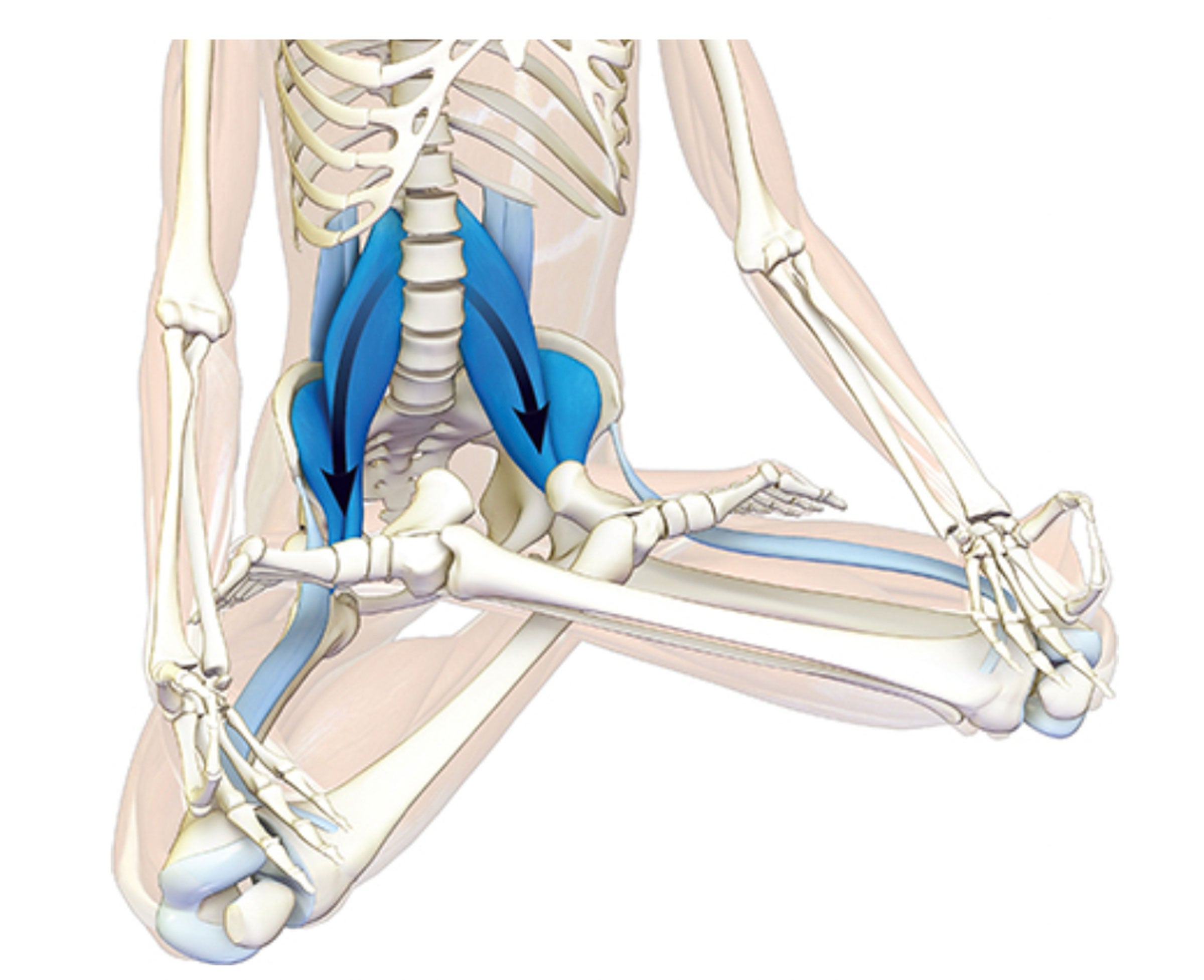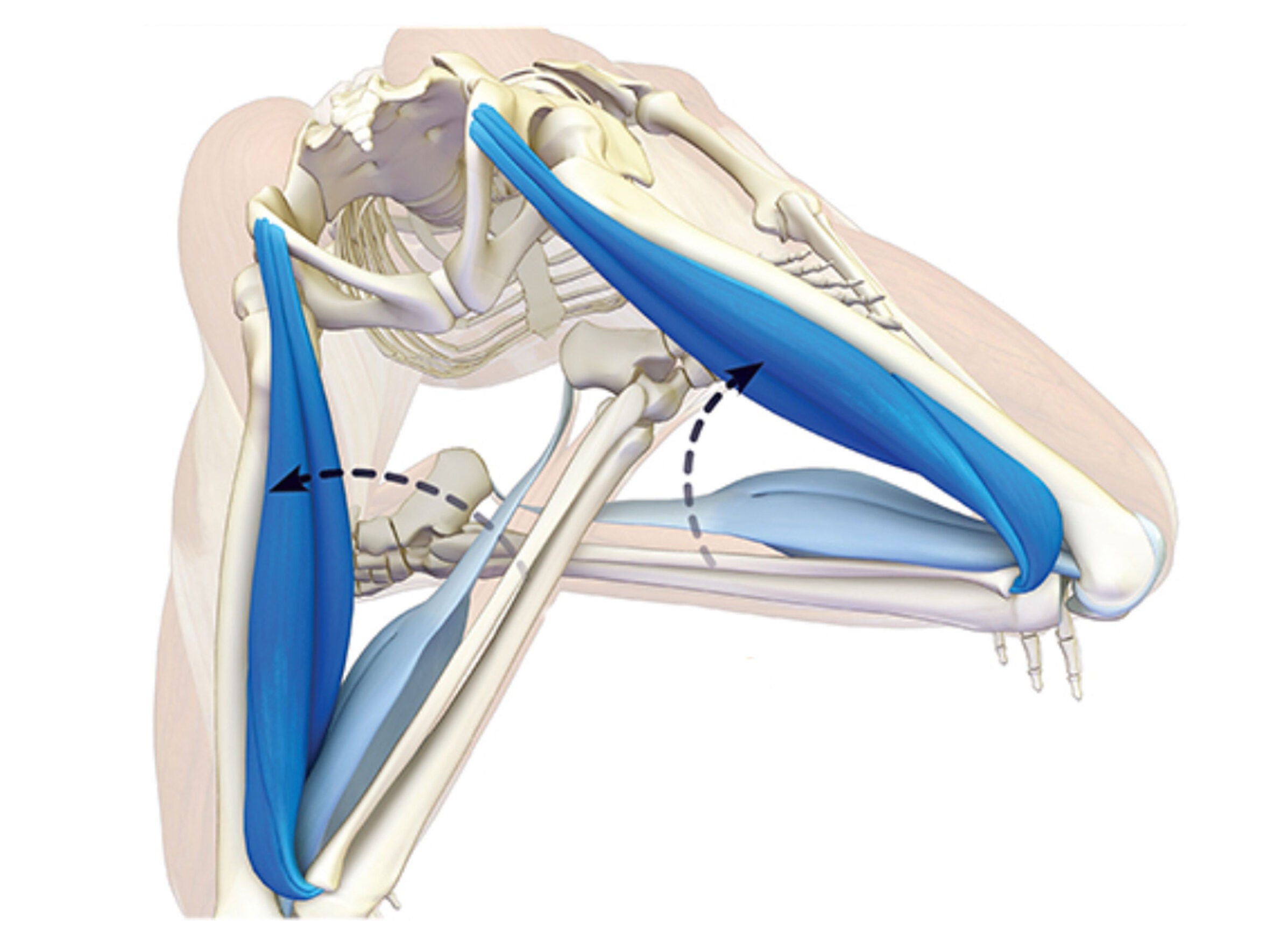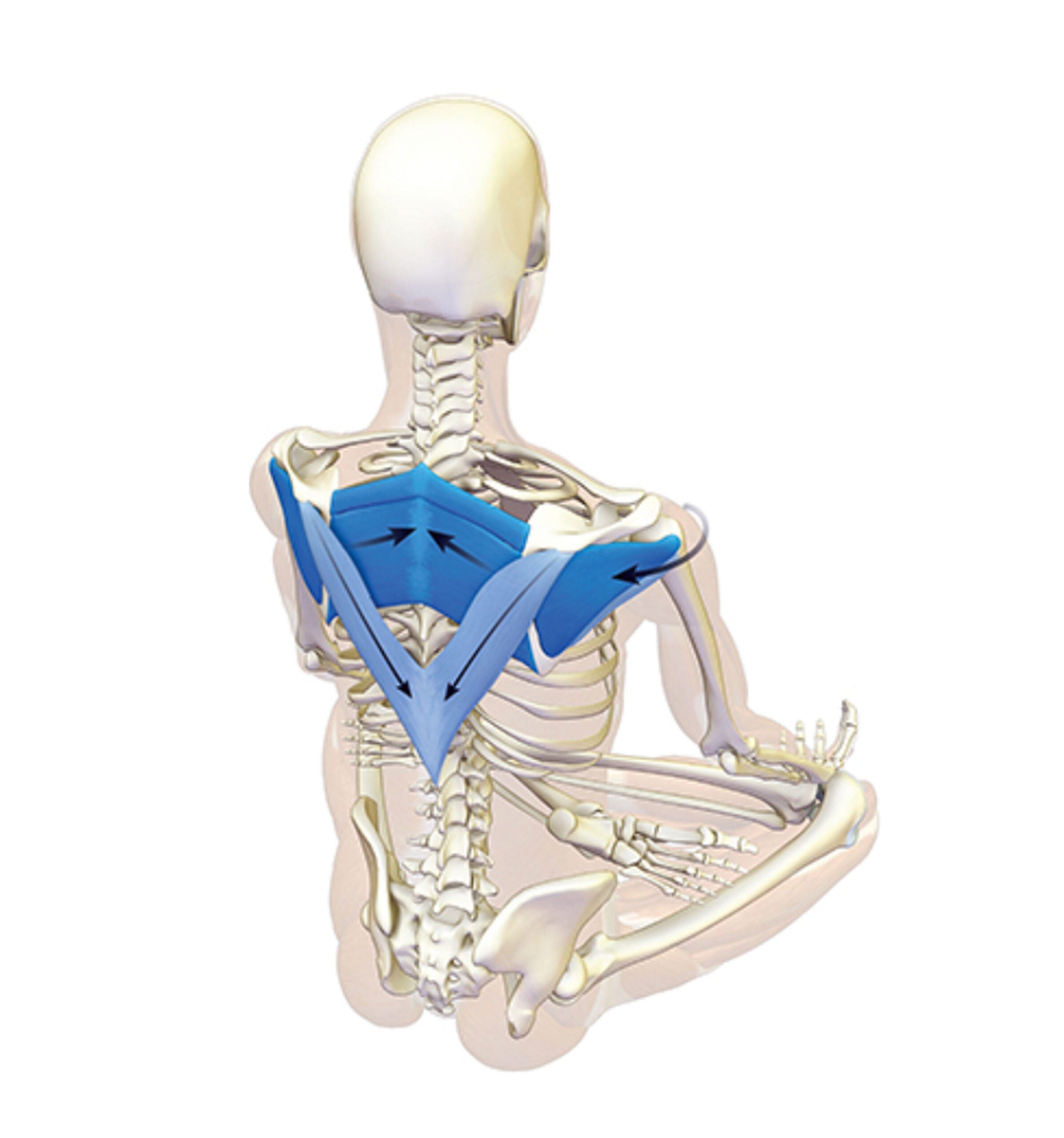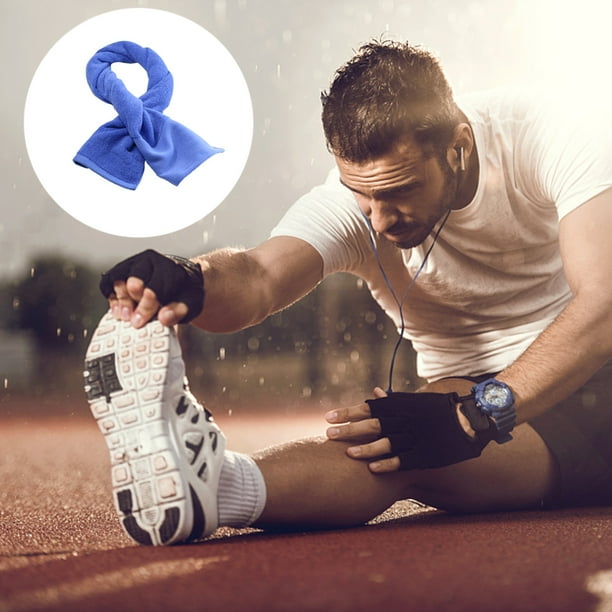Lotus Pose: The fitting solution to Comply with Padmasana
“], “filter”: { “nextExceptions”: “img, decide, blockquote, div”, “nextContainsExceptions”: “img, decide, blockquote, a.btn, a.o-button”} }”>
Heading out the door? Study this textual content on the model new Exterior+ app accessible now on iOS models for members!
>”,”establish”:”in-content-cta”,”form”:”hyperlink”}}”>Acquire the app.
There could also be sturdy symbolism behind Padmasana (Lotus Pose). “A lotus is rooted inside the mud, and when it grows, it blooms into an beautiful flower,” says Richard Rosen, director of Piedmont Yoga Studio in Oakland, California. It truly derives its vitality and sweetness from first having expert and transcended what might very nicely be perceived as undesirable circumstances.
The lotus is usually current in Hindu iconography, associated to many extremely efficient deities. Lakshmi (the goddess of abundance) is usually confirmed sitting on an open lotus and holding one different in her hand. The equivalent is true of Ganesha, the elephant-headed destroyer of obstacles, and Lord Vishnu, who’s claimed to characterize the principle of preservation inside the universe. And lore has it that wherever the Buddha walked, lotus flowers bloomed.
As needed as a result of the lotus flower is in Hindu imagery, Lotus Pose is an important foundational pose in yoga apply. This seated posture boasts many bodily and energetic benefits: it might nicely help improve circulation inside the lumbar spine, stretch the ankles and legs, and improve flexibility inside the hips. “What’s unique about Padmasana is that it’s every a grounding and a profoundly expansive pose,” says ParaYoga founder Rod Stryker, who has been educating yoga given that late Eighties. “The grounding happens inside the physique, nevertheless energetically it directs our consciousness in the direction of the spine and the higher services.”
Comply with the pose to irrespective of extent your physique permits, and don’t get caught up in reaching a “glorious” pose.
Half divider
Sanskrit
Padmasana (sub-MAHS-anna)
padma = lotus
Half divider
Lotus Pose Fundamentals
Pose form: Seated
Benefits: Lotus Pose creates a foundation for meditation practices. It might nicely help deal with stress, and when carried out in a relaxed technique, prompts the aid response (parasympathetic nervous system) and deactivates the stress response (sympathetic nervous system).
Totally different Lotus Pose perks:
- May help lower or regulate blood pressure
- Stretches the doorway of the thighs (quadriceps) and ankles
Half divider
The fitting solution to
- Sit on the bottom in Dandasana alongside along with your legs extended. Bend your correct knee out to the aspect, and cradle your knee and your foot in your arms. Rotate your leg from the hip (not the knee) and data your foot into your left hip crease.
- Bend your left knee, rotating the thigh outward from the hip and, merely as you in all probability did on the acceptable. Elevate your shin barely and data the left foot over the acceptable, and convey it to tuck into the acceptable hip crease.
- Settle the tops of your ft in the direction of your increased thighs and launch your knees within the route of the bottom. Attempt to not let the ankles sickle.
- Sit up tall, carry your sternum and lengthening your spine. Sitting on a folded blanket may help keep the spine from rounding.
- Take sluggish, deep breaths and maintain inside the pose as long as is comfortable.
Half divider
Beginner strategies
Getting into Lotus requires every thighs to rotate outward, shifting from the hip sockets. The hip is a ball-and-socket joint with a spherical differ of motion that varies vastly from particular person to particular person, so this pose is a breeze for some people, a lot much less so for others. Don’t resolve and don’t drive the pose.
Everytime you convey your foot all through in the direction of the groin, protect stretch of the within and outer ankles in every ft. Don’t allow one aspect of your ft or legs to essentially really feel overstrained.
Uncover the pose
Everytime you convey your foot all through your physique and onto your reverse inside thigh, protect stretch of the within and outer ankles in every ft. Don’t allow one aspect of your ft or legs to essentially really feel overstrained or taxed. Alter or use a prop, akin to a block or blanket, in case you feel strained.
Remember!
When using Padmasana as a seat for meditation or pranayama, there’s an inclination to cross your legs within the equivalent precise strategy day after day. Lastly, this will likely set off imbalances in your hips. Must you generally use this pose as a platform for meditation, alternate the cross of your legs every day. One simple methodology that can make it easier to envisage to do that’s to convey the acceptable leg in first on even-numbered days, the left leg first on odd-numbered days.
Half divider
Teacher strategies
These cues will help defend your school college students from harm and help them have the easiest experience of the pose:
- Present supportive props. In case your pupil’s knees hover above the underside, tuck a block or folded blanket under each one to alleviate any stress on the knees.
- Must you generally use this pose as a platform for meditation or formal respiratory practices, bear in mind to alternate the cross of the legs midway between your apply.
Half divider
Lotus Pose variations
Half Lotus Pose
If the whole expression of this pose is simply too intense, sit cross-legged and use the help of your arms to slowly carry one leg on excessive of the other; stop do you have to actually really feel any knee ache, and check out one different meditative posture like major cross-legged Sukhasana (Simple Pose).
Half Lotus with props
Sit cross-legged, and use the help of your arms to slowly carry one leg on excessive of the other; stop do you have to actually really feel any knee ache and check out one different meditative posture like major cross-legged—Sukhasana (Simple Pose). Leisure your thighs on blocks or folded blankets. Uncover help with props to avoid pressure on the hip and knee joints.
Lotus in a chair
Come to a comfortable seated place in a chair alongside along with your ft immediately under your knees, allowing a 90-degree angle. For those who’re taller, ponder moreover sitting on a folded blanket. For those who’re shorter, try placing blocks under your ft to convey your knees constant along with your hips. If accessible, sit forward inside the chair with a neutral spine. Actually really feel the crown of your head lifting upward, avoiding slouching whereas lengthening your spine proper right into a neutral curve. If wished, it’s worthwhile to use the once more of the chair for help. If wished, place a pillow behind your once more for help.
Half divider
Why we love this pose
“Each time I’m cued to ‘come proper right into a seated place’ all through my yoga classes, I normally select to come back again into Lotus,” says Ellen O’Brien, Yoga Journal‘s workers creator. “This pose makes me actually really feel grounded and cozy. However, on the equivalent time, it’s a implausible hip opener that principally preps for my hips for a apply.”
Half divider
Preparatory and counter poses
Your potential to come back again into Lotus Pose is enhanced when you apply totally different hip openers earlier to attempting it.
Preparatory poses
Baddha Konasana (Certain Angle Pose)
Janu Sirsasana (Head-of-the-Knee Pose)
Ardha Matsyendrasana (Half Lord of the Fishes Pose)
Counter poses
Paschimottanasana (Seated Forward Bend)
Adho Mukha Svanasana (Downward-Coping with Canine Pose)
Supta Padangusthasana (Reclining Hand-to-Large-Toe Pose)
Savasana (Corpse Pose)
Half divider
Anatomy
Padmasana is probably going one of the vital superior of the hip-opening poses. It is a continuation of Sukhasana (Simple Pose), with the hips flexing, abducting, and externally rotating. Your ft are launched up onto your thighs and a bandha is formed the place the lower legs cross.
Reaching Lotus safely requires good flexibility in your hips. The hip is a ball-and-socket joint that is designed to rotate. Subsequently, it’s best to lengthen the tensor fascia lata and gluteus medius muscle tissue (the internal rotators) to take the rotational forces of this pose into your hips. Not at all drive your ft into Lotus place as this will likely injure your knees. Take as long as obligatory to attain the required flexibility first.
Throughout the drawings beneath, blue muscle tissue are contracting. The shade of the color represents the drive of the stretch and the drive of contraction. Darker = stronger.

Everytime you sit in Lotus Pose, your hips flex. This happens due to partaking the psoas muscle. A cue for that’s to press your palms into your thighs and gently attempt to carry up into your arms. This prompts the psoas. As a consequence, the pelvis tilts forward and the lumbar spine lifts and extends. The sartorius muscle, working from the anterior superior iliac spine to the inside of the knee, synergizes the lean of the pelvis whereas aiding to abduct and externally rotate the hip.

Engage the hamstrings in Lotus Pose. These are muscle stabilizers of the knee (along with the quadriceps). Activating them in a pose like Padmasana helps protect joint congruency so the knee retains its hinge top quality. This helps defend the ligaments and cartilage. Pressing the ball of your foot forward may even be used to stabilize the knee joint, as this prompts the gastrocnemius musclewhich by benefit of crossing the knee generally is a muscle stabilizer.
Dorsiflex the foot on the ankle to hook it on the thigh. The tibial anterior prompts to create this movement. Barely evert the ankle as correctly by contracting the peroneus longus and brevis muscle tissue on the lower aspect of the leg. This protects the ligaments on the floor of the ankle from overstretching.

Externally rotate the shoulders by partaking the infraspinatus and teres minor muscle tissue of the rotator cuff. Press your arms into your knees and rotate your arms barely outward to activate these muscle tissue. Draw your shoulders away out of your neck by contracting the lower third of the trapezius. Then adduct the scapulae in the direction of the midline with the rhomboids. Preserve the shoulders on this place.
Attempt to roll your shoulders forward. They gained’t switch, nevertheless the drive of the movement can have interplay the pectoralis minor and carry the ribcage. Broaden your chest out to the sides. This contracts the anterior serrated muscle tissue on the aspect of the ribcage. Visualize pushing your arms outward proper right into a door physique to essentially really feel these muscle tissue contract.
Excerpted with permission from The Key Poses of Yoga and Anatomy for Hip Openers and Forward Bends by Ray Prolonged.
Put Lotus Pose into apply
3 Hip-Openers to Prep for Lotus Pose
The fitting solution to Defend the Knees In Lotus and Related Postures
A Yoga Sequence to Have enjoyable the Summer season Solstice
Half divider
About our contributors
Teacher and model Natasha Rizopoulos is a senior teacher at Down Beneath Yoga in Boston, the place she offers classes and leads 200- and 300-hour teacher trainings. A faithful Ashtanga practitioner for a number of years, she grew to grow to be equally as captivated by the precision of the Iyengar system. These two traditions inform her educating and her dynamic, anatomy-based vinyasa system Align Your Flow into. For further information, go to natasharizopoulos.com.
Ray Prolonged is an orthopedic surgeon and the founding father of Bandha Yoga, a most popular assortment of yoga anatomy books, and the Daily Bandha, which supplies strategies and strategies for educating and practising protected alignment. Ray graduated from the School of Michigan Medical School and pursued post-graduate teaching at Cornell School, McGill School, the School of Montreal, and the Florida Orthopedic Institute. He has studied hatha yoga for over 20 years, teaching extensively with B.Okay.S. Iyengar and totally different principal yoga masters, and teaches anatomy workshops at yoga studios throughout the nation.






